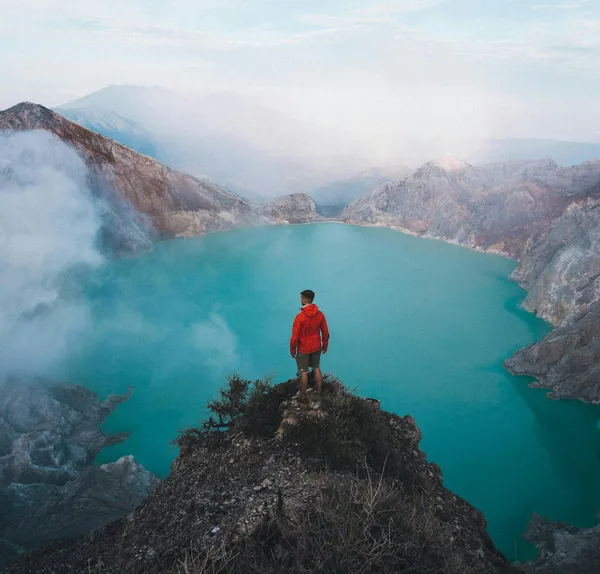Experience the Magic of
Mount Ijen
Hike an active volcano, witness blue flames, and marvel at stunning sunrise views!
All Mount Ijen Experiences
Loading...
Browse Collection
Love letters from our guests
4.8
|
296 reviews
Mount Ijen FAQs
How do I get to Ijen from Bali?
You will first need to get a bus or private car from where ever you are staying in Bali to Gilimanuk Port. There are ferries going from the Gilimanuk Port (north western Bali) to the Ketapang Port in Java. Once you arrive to Java, you will need to take a bus, car or meet your guide at the port who will take you to Ijen. There are tour operators that arrange the transportation from various points in Bali to Ijen as well as include a guide to take you around the volcano.
What can visitors expect during their Mount Ijen experience?
Visitors can expect a challenging but rewarding hike to the crater of Mount Ijen, where they can witness the breathtaking blue fire phenomenon. They can also interact with the sulfur miners and learn about their daily struggles and unique way of life.
How difficult is the hike to the crater of Mount Ijen?
The hike to the crater of Mount Ijen can be challenging due to the steep and rocky terrain. It is recommended for visitors to be in good physical condition and wear proper hiking gear to ensure their safety during the trek.
What safety precautions should visitors take during their Mount Ijen experience?
Visitors should wear a gas mask or respirator to protect themselves from harmful sulfur fumes emitted by the volcano. It is also important to follow the guidance of the local guides and avoid straying off the designated paths to prevent accidents.
What are some recommended tips for making the most of a Mount Ijen experience?
It is recommended for visitors to start the hike early in the morning to catch the sunrise at the crater and avoid the crowds. Bringing snacks, water, and warm clothing is also advised, as the weather can be cold and unpredictable at higher elevations.
Only the good stuff











